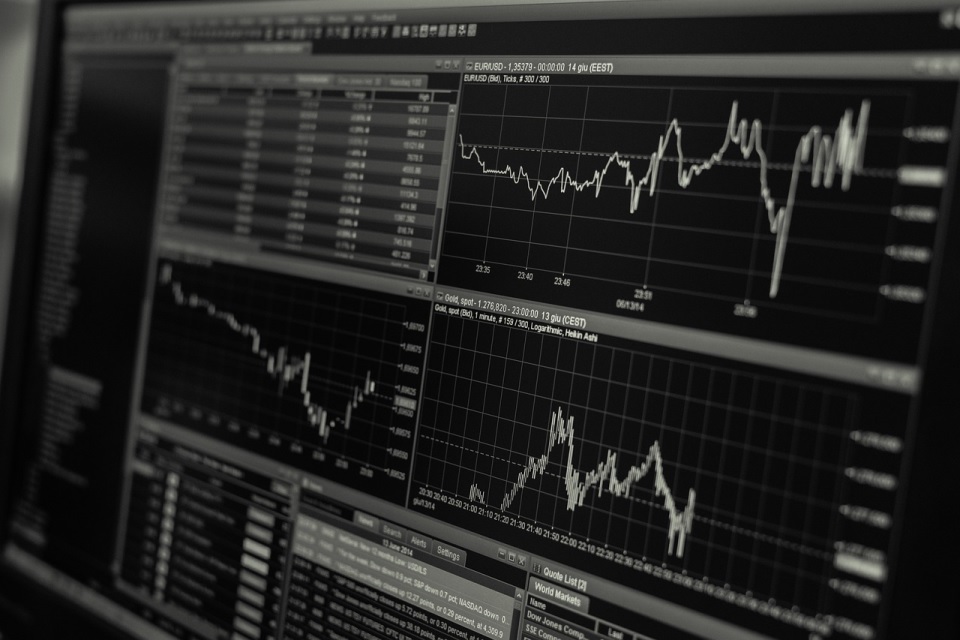In the ever-evolving landscape of financial markets, trading has undergone a revolutionary transformation, transitioning from the bustling floors of stock exchanges to the digital realm of algorithms and automation. This metamorphosis has been driven by the relentless pursuit of efficiency, precision, and speed. Algorithmic trading, a product of this evolution, leverages complex mathematical models and lightning-fast computations to execute trades, often outpacing human capabilities. In today’s modern financial ecosystem, it stands as a testament to the fusion of finance and technology, underscoring its paramount significance in shaping the future of trading.
Table of Contents
Understanding Algorithmic Trading
Algorithmic trading, often synonymous with automated trading, is a method where orders are executed using pre-programmed trading instructions based on variables like time, price, and volume. This sophisticated approach harnesses the power of algorithms to make trading decisions, often achieving speeds and precision that are beyond human capabilities. As the financial markets grew in complexity, the shift from manual to automated trading became inevitable.
This transition has been further propelled by the quest for the best trading bots, tools designed to optimize profitability and efficiency. The advantages of this shift are manifold: from executing high-frequency trades at lightning speed to minimizing human errors and emotional biases. In essence, algorithmic trading represents the modern trader’s arsenal, blending technology and strategy to navigate the intricate world of finance.
Key Components Of Algorithmic Trading
At the heart of algorithmic trading lies the algorithm itself, a set of predefined rules and criteria that dictate trade execution. These algorithms are meticulously crafted to ensure they respond aptly to market conditions, making buy or sell decisions based on specific triggers. Central to this process is data. Price points, trading volumes, and a myriad of other market indicators serve as the lifeblood of these algorithms, feeding them the information they need to operate.
Moreover, in the realm of algorithmic trading, past data holds immense value. This is where backtesting comes into play. Backtesting involves running the algorithm against historical market data to gauge its effectiveness. It’s a critical step, allowing traders to refine their algorithms, ensuring they’re robust and capable of generating profits in real-world conditions.
Popular Algorithmic Trading Strategies
Among the plethora of strategies employed by algorithmic traders, trend-following stands out for its simplicity and effectiveness. It involves identifying and capitalizing on market trends, buying assets during an upswing and selling during downturns.
Arbitrage, another popular strategy, is all about exploiting price discrepancies. Traders using this strategy buy assets in one market and simultaneously sell them in another, benefiting from the price difference.
Lastly, index fund rebalancing is a more nuanced strategy. As index funds periodically adjust their portfolios to match benchmark indices, algorithmic traders can predict and capitalize on these adjustments, ensuring they’re always a step ahead in the trading game.
Benefits Of Using Trading Bots
In the digital age of finance, trading bots have emerged as invaluable tools, offering a slew of benefits to traders. Foremost among these is efficient trade execution. With the capacity to process trades at lightning speed, bots ensure that traders never miss a lucrative opportunity. Human errors, often resulting from fatigue or oversight, are virtually eliminated, ensuring a higher degree of accuracy in trades.
Furthermore, these bots are equipped to sift through vast troves of data in mere moments, providing insights that might take humans hours to discern. Emotion, often a trader’s nemesis, is taken out of the equation. Bots operate on logic and data, ensuring emotionless and rational trading decisions. Additionally, the feature of backtesting allows traders to simulate trading strategies against historical data, refining their approach for optimal results.
Challenges & Limitations
While trading bots offer a plethora of advantages, they are not devoid of challenges. Technical issues, ranging from software glitches to connectivity problems, can hamper their operation. The inherent volatility of markets, especially in the crypto domain, can sometimes stump even the most sophisticated algorithms, leading to unexpected losses. Furthermore, setting up and maintaining a robust algorithmic trading system can be costly, both in terms of finances and time. It requires continuous updates and monitoring to ensure it aligns with the ever-evolving market dynamics. As with all tools, it’s essential for traders to understand these limitations, striking a balance between automation and manual oversight.
Setting Up Your Trading Bot
Embarking on the journey of automated trading requires a foundation of technical prerequisites. Firstly, a basic understanding of computer programming is essential, as it allows customization and fine-tuning of the bot to one’s specific needs. Reliable network connectivity ensures the bot remains active, processing real-time data without interruptions.
Access to accurate market data is paramount, as the bot’s decisions hinge on this information. Once these elements are in place, the next step involves integrating the bot with desired trading platforms using APIs, allowing seamless interaction between the two. However, setting up the bot is just the beginning. Continuous monitoring is crucial to ensure it operates optimally, and regular updates are necessary to adapt to the ever-changing market dynamics.
Conclusion
Trading bots have undeniably etched their mark on the financial world, ushering in an era of enhanced efficiency and precision. Their transformative potential is evident, offering traders a competitive edge in a saturated market. However, as with all technological advancements, they come with their own set of challenges. It’s imperative for traders to strike a harmonious balance between the allure of automation and the indispensability of human judgment. In this symbiotic relationship, the bot and the trader coexist, each amplifying the strengths of the other, charting a path towards trading excellence.



